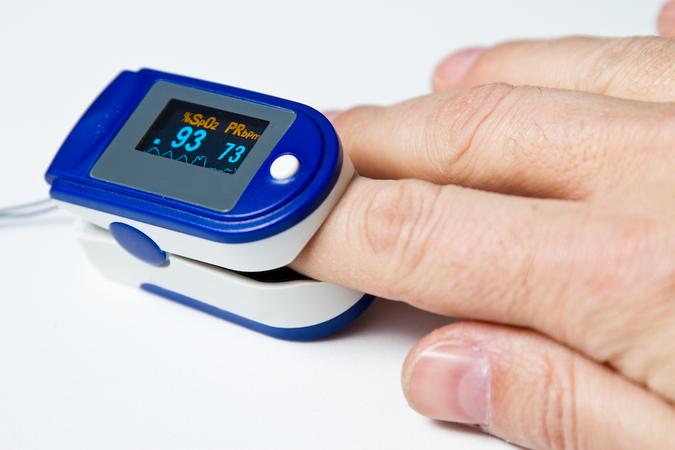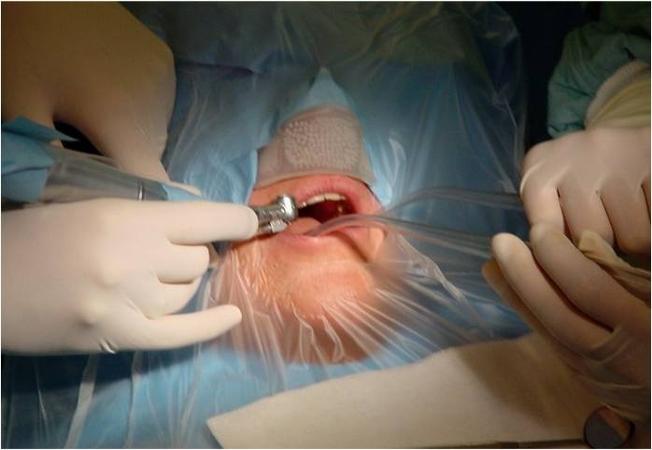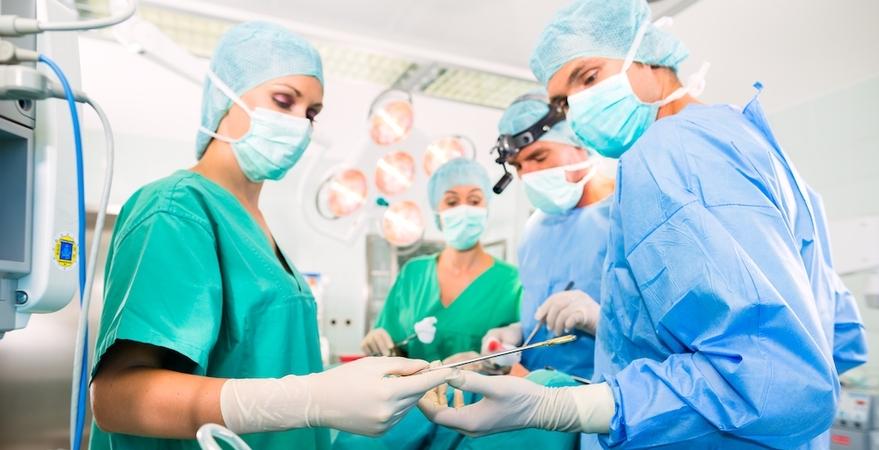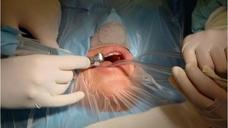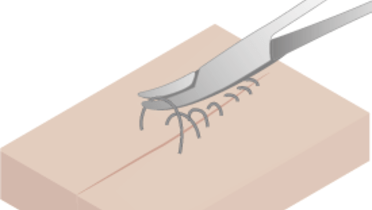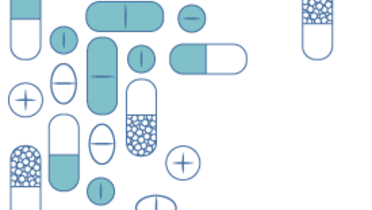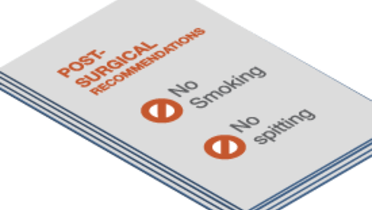-
0
Patient Assessment
- 0.1 Patient demand
- 0.2 Overarching considerations
- 0.3 Local history
- 0.4 Anatomical location
- 0.5 General patient history
-
0.6
Risk assessment & special high risk categories
- 5.1 Risk assessment & special high risk categories
- 5.2 age
- 5.3 Compliance
- 5.4 Smoking
- 5.5 Drug abuse
- 5.6 Recreational drugs and alcohol abuse
- 5.7 Parafunctions
- 5.8 Diabetes
- 5.9 Osteoporosis
- 5.10 Coagulation disorders and anticoagulant therapy
- 5.11 Steroids
- 5.12 Bisphosphonates
- 5.13 BRONJ / ARONJ
- 5.14 Radiotherapy
- 5.15 Risk factors
-
1
Diagnostics
-
1.1
Clinical Assessment
- 0.1 Lip line
- 0.2 Mouth opening
- 0.3 Vertical dimension
- 0.4 Maxillo-mandibular relationship
- 0.5 TMD
- 0.6 Existing prosthesis
- 0.7 Muco-gingival junction
- 0.8 Hyposalivation and Xerostomia
- 1.2 Clinical findings
-
1.3
Clinical diagnostic assessments
- 2.1 Microbiology
- 2.2 Salivary output
-
1.4
Diagnostic imaging
- 3.1 Imaging overview
- 3.2 Intraoral radiographs
- 3.3 Panoramic
- 3.4 CBCT
- 3.5 CT
- 1.5 Diagnostic prosthodontic guides
-
1.1
Clinical Assessment
-
2
Treatment Options
- 2.1 Mucosally-supported
-
2.2
Implant-retained/supported, general
- 1.1 Prosthodontic options overview
- 1.2 Number of implants maxilla and mandible
- 1.3 Time to function
- 1.4 Submerged or non-submerged
- 1.5 Soft tissue management
- 1.6 Hard tissue management, mandible
- 1.7 Hard tissue management, maxilla
- 1.8 Need for grafting
- 1.9 Healed vs fresh extraction socket
- 1.10 Digital treatment planning protocols
- 2.3 Implant prosthetics - removable
-
2.4
Implant prosthetics - fixed
- 2.5 Comprehensive treatment concepts
-
3
Treatment Procedures
-
3.1
Surgical
-
3.2
Removable prosthetics
-
3.3
Fixed prosthetics
-
3.1
Surgical
- 4 Aftercare
围术期护理
Key points
- 通过熟悉现有方案和使用手术安全核对表,可以优化口腔及颌面手术的围术期管理。
- 种植体植入是一种选择性外科手术,因此应彻底评估禁忌证并权衡治疗方案的利弊。
术前评估
如患者评估中所述,彻底评估影响手术治疗可行性的各项患者因素十分重要。
如果适用,根据手术的类型开具术前药物(例如,抗生素药物)。
手术开始前的围术期措施
下面的清单列出了一些需要遵循的重要步骤,目的是确保患者知情,使之为即将开始的手术做好适当准备:
- 简述与手术相关的信息,确保患者知情并就手术程序提出问题
- 短效苯二氮类药物可能对门诊外科十分有用
- 如果实施清醒镇静,需确保安排一位有责任心的成人在术后陪伴患者约 3 小时
- 手术野消毒
- 最好用穿孔鼻罩盖住患者的鼻部,使之可以轻松呼吸,同时用无菌巾盖住面部和身体,以便限制/避免抗生素的使用
- 使用适当的手术安全核对表 (http://www.for.org/checklists)
术中围术期护理
下面的清单列出了手术进行中需要遵循的重要步骤:
- 语气轻柔、动作平稳有助于提高患者的信心和舒适感
- 确保全体手术小组成员正确佩戴口罩,避免外部尤其是来自鼻部的病原体
- 整个手术小组都应接受无菌操作培训
- 如果要实施清醒镇静,则应持续监测患者的生命体征
- 如果患者出现恐慌,应除去手术野并中断手术
- 使用适当的手术安全核对表 (http://www.for.org/checklists)
手术结束后的围术期管理
下面的清单列出了刚完成手术的患者所适用的动作和注意事项:
- 在无人陪伴的情况下,门诊患者应在受到监护的安静环境下静坐放松(3-4 小时)
- 如果实施了清醒镇静,需确保安排一位有责任心的成人在术后陪伴患者至少 3 小时
- 在麻醉结束之前,开具并/或施用不会干扰血凝的止痛药,例如扑热息痛或布洛芬
- 如果预计会出现明显水肿,则宜采用非甾体抗炎药;阿片类药物仅应针对顽固性疼痛开具/施用
- 必要时开具/施用抗生素药物。如果在外科手术之前已经开始了预防性抗生素治疗,则需要在手术后继续治疗 1-4 天,并根据所用的抗生素类型来确定结束时间
- 考虑开具抗菌漱口液(例如洗必泰)
- 提供简要的口头指示,包括营养。提供书面总结书及 24 小时紧急拨打电话
- 安排术后约诊
- 使用适当的手术安全核对表 (http://www.for.org/checklists)
